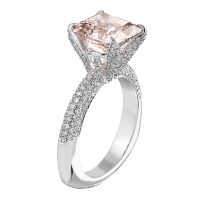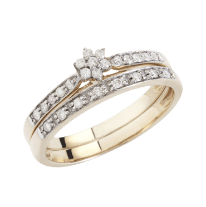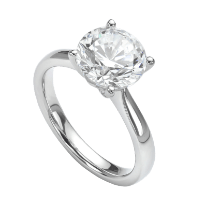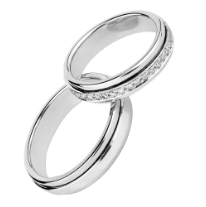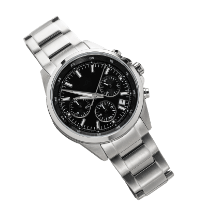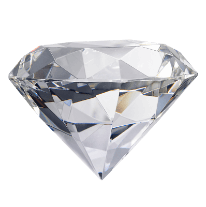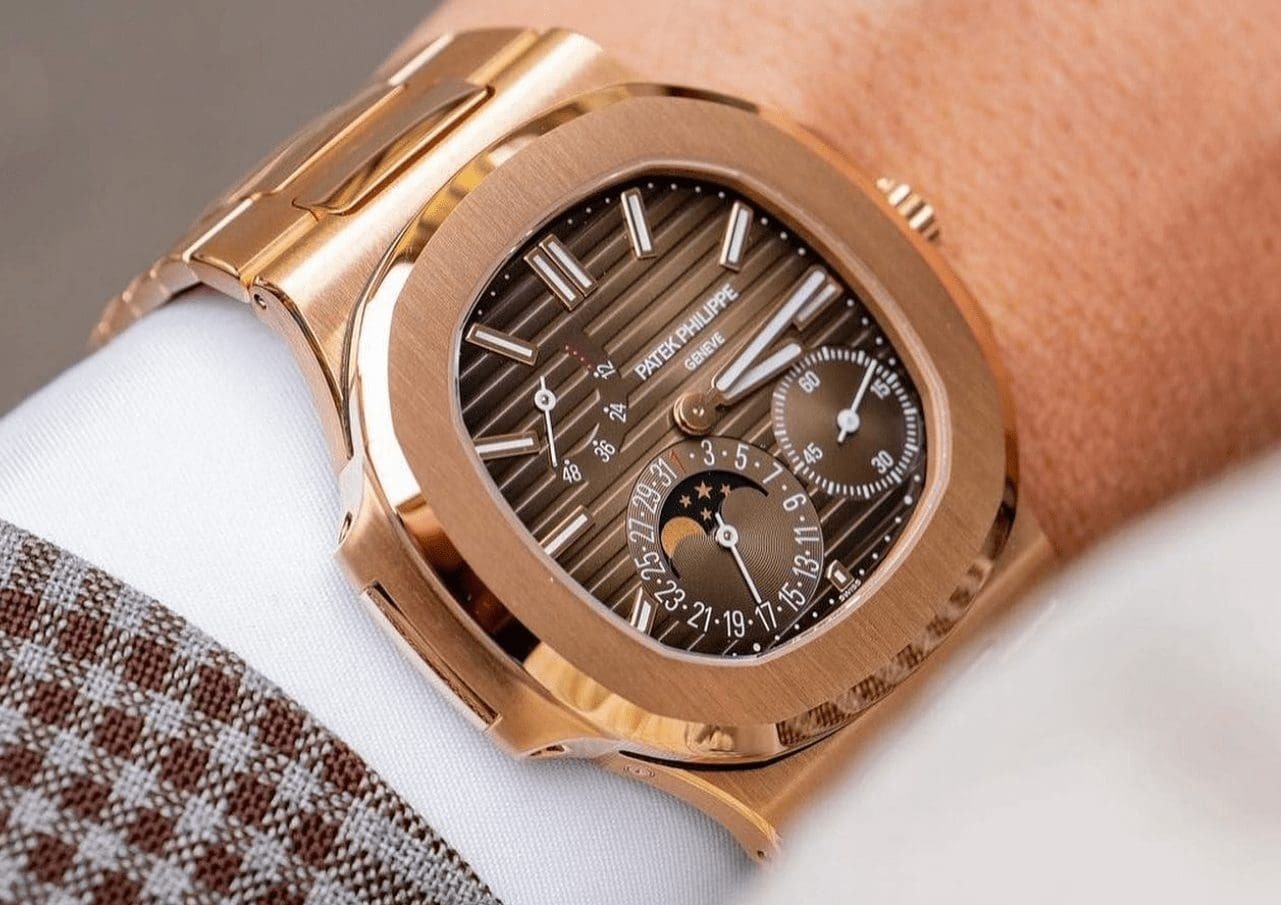Being a lover of watches is an individual journey, but I think at the core of all of these individual journeys is a foundation of knowledge of terminology.
I think every single person should understand what’s going on. In this article, we’ll look at key watch terminology that every watch enthusiast needs to know.
To start, let’s look at ten major components of a watch that are pretty much unchanged no matter what watch you’re looking at. Of course, there are some exceptions, but I think this will be a great foundation for us to start with the case.
The Case
The watch’s case is very basic. It is the outermost moulding that provides the general shape and protects the inner workings of the watch. Off of the case, you will see a couple of protrusions; those are referred to as lugs.
Lugs
Lugs are projections on the watch case used to secure a strap or bracelet to the case. Of course, they come in various sizes and shapes and are just as important as the case in dictating the overall appearance of a watch.
One thing you always want to make sure you are on top of when purchasing a watch is the lug-to-lug width; that’s going to determine the type of straps or bracelets you need to buy.
Straps and Bracelets
Again, pretty basic. These refer to either a strip of leather or rubber that holds a watch on the wrist, which is referred to as a strap. A bracelet is, of course, a watch band made of metal.
There are many different types of watch straps and bracelets, and I think an article in the future is definitely necessary.
The Crown
When you’re looking at a watch case, of course, you see the lugs; they’re very notable. But you also see another knob on the side of the watch, mostly at either the three or the four o’clock position, and that is called the crown.
A crown is a knob on the outside of the watch case that’s used to set the time, the calendar depending on the watch, and if it’s a mechanical piece, it is used to actually wind the watch.
So, we have now examined the outside of the watch’s case and the few components that make up that part of the watch. But now, let’s examine the inner workings of the watch, starting with the dial.
The Dial
A dial is a plate base that’s visible through the crystal of a watch that carries certain indications such as hours, minutes, and seconds.
One thing to differentiate here is I often hear people referring to the dial as the face of the watch, which isn’t technically a real term in terms of the watch community.
Of course, this is really getting into the semantics of everything, but I do think it’s probably better to call it the dial than it is the face if we’re talking from a technical standpoint.
The Hands
Now we have the hands. Hands are indicators that move over the dial to indicate the hour, minute, or second. Most watches have three hands, but there are certainly some exceptions, like a GMT hand, for example, to measure two different time zones.
The Crystal
For this next component of the watch, there are a lot of ways in which I’ve heard it being described, but there’s really one widely accepted way, and that is referring to it as the crystal.
The crystal is a transparent component of a watch that can be made of glass, plastic, sapphire, or other materials that help protect the dial and inner components of the watch.
Read our article on different crystals, if you want to really understand the differentiating factors.
The Bezel
The next component here is the bezel. This is a component of a watch that is typically made of metal. It makes its home around the crystal on the top portion of a watch and holds the crystal in place on top of the case.
Alright, so now that we’ve looked mostly at the front, anterior part of the watch, let’s look at the back of the watch and where the heart of the watch resides, starting with the case back.
The Case Back
The case back is the reverse side of a watch case that can be removed to access the inside of a watch. Finally, probably the most important aspect of any watch is the movement.
The Movement
The movement refers to the inner working mechanism of a watch. You might also hear this being referred to as a caliber, particularly when a manufacturer is selling it on their site.
Another important distinction here about movements is that you will see two primary types: one being a quartz movement, the other being a mechanical movement.
Quartz Movement
Quartz movements are electrically powered by a quartz crystal, a technology first developed in wristwatches in the late 1960s and now powers nearly 98% of the watches on the market.
Mechanical Movement
Then on the other end, we have mechanical movements. These are watches powered specifically by gears and metal inner workings like springs and balance wheels and are broken down into two main subcategories.
The first is manual-wind movements, in other words, watches that will only work unless their crowns are wound, winding up the mainspring. The other type of movement is automatic movement.
Automatic movements feature a rotor that circulates around the movement that helps wind the watch’s mainspring by simply wearing it.
These two subcategories under mechanical movements are something that can be misconstrued.
Understanding that mechanical movements encapsulate both hand-winding and automatic, and there are some automatic watches that also have hand-winding capabilities, is another thing to be familiar with.
Alright, so those are the ten universal or mostly universal components of a watch. Let’s look at five other terms that will be important to you when you’re comparing the wide range of watches out there.
Aperture or Window
These are small openings in a dial that display information such as a date, day, month, or moon phase. The most common of these is a date window. However, there are many different varieties.
Indices
These are markings on a watch’s dial that represent different points of time, such as hours. In higher-end watches, they are usually applied or attached to the dial rather than printed on.
Luminescence
Also known as lume, lume is the glow given off by watch numerals, indices, and hands coated with a photoluminescent material. Lume is commonly seen on tool watches like divers’ and pilots’ watches, where legibility is absolutely crucial.
Sub-dials
These are separate from the main three hands that you’ll often see on most watches: the hour, minute, and second hands.
They display either a separated seconds function or different dials measuring different elements of time, as you’ll see with many chronographs.
Pushers
Pushers are the buttons located on the outside of a watch’s case that control specific chronograph functions, such as setting and resetting the chronograph.
Alright, those are 15 different watch terms that I think every single watch lover needs to know.
I know for many of you, you probably know all of these. However, I think if we do want to foster this new generation of watch lovers.
If you would like to learn more about Luxury Watch Insurance, Click Here.
For a complete guide on everything you need to know about watches, Click Here.

